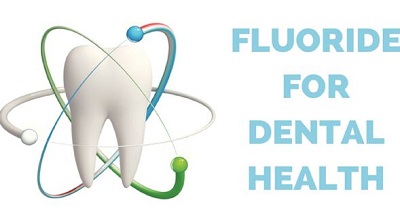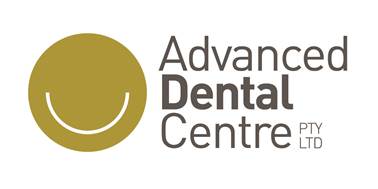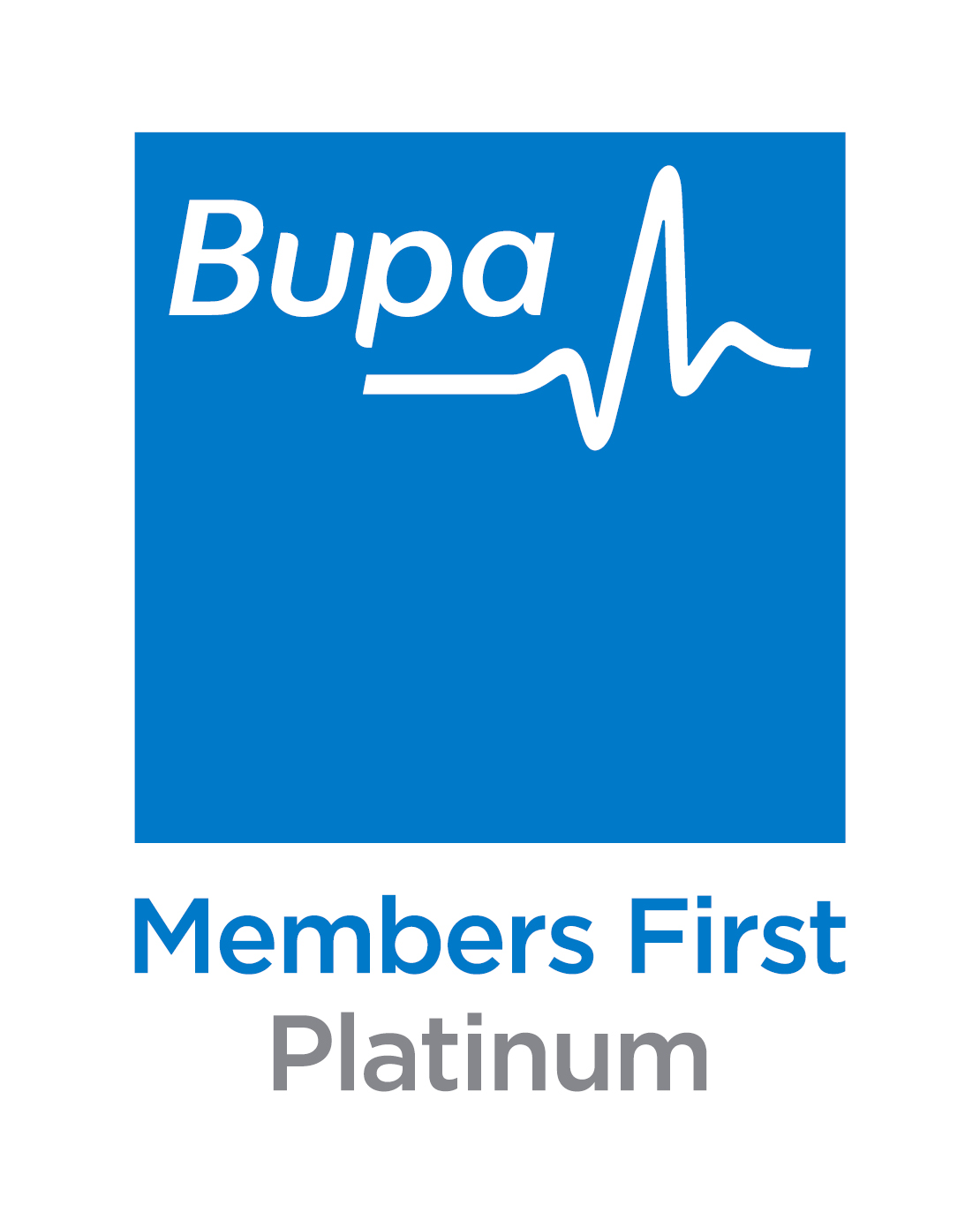What You Need To Know About Fluoride
An ion called Fluoride can be obtained from the element, Fluorine. You can find this ion naturally in the soil, minerals and rocks throughout the earth’s crust. Don’t be surprised to learn that fluoride is often called nature’s cavity fighter. Also a naturally-occurring mineral, fluoride has helped prevent cavities in both adults and children by making the enamel more resistant to the acid attacks that are also culprits of tooth decay.
How does fluoride protect the teeth?

Fluoride provides what is called a “systemic” benefit. You see, before teeth start to emerge through the gums, the consumption of fluoride from dietary supplements, beverages and foods strengthens the hard surface of the tooth. And after the teeth have finally erupted, fluoride helps remineralize weakened tooth enamel as well.
Next, the mineral also provides what is called a “topical” benefit. This is the benefit from applying fluoride to the surface of your teeth. For example, using fluoride dental products such as fluoride toothpaste while brushing your teeth. Did you know that the fluoride you take in from foods and beverages also continue to provide a topical benefit? Yes, it does and it becomes part of your saliva. Your saliva is constantly bathing the teeth with small amounts of fluoride that are essential in rebuilding weakened tooth enamel.
Understanding the results of too little or too much fluoride
For starters, you would want to avoid applying too little fluoride because it could increase your risk to dental problems such as cavities. Too much fluoride, on the other hand, can cause dental fluorosis. This is an aesthetic condition where the tooth enamel changes colour. These colour changes can vary from being barely noticeable as white spots to pitting and staining. Younger children are easily affected by this problem when they consume too much fluoride over long periods.
As a parent, you must be watchful of their fluoride intake especially when their teeth are still developing (teeth still under the gums). If your child is 3 to 6 years old, they should be using no more than a pea-sized amount of fluoride toothpaste. If they are younger than 3 years old, the amount of fluoride toothpaste that need to be used should not exceed the size of a grain of rice.
What sources contain fluoride?
For starters, toothpaste contains a good amount of fluoride. You should always look for products that come with an ADA Seal of Acceptance. In addition, mouthwash contains enough fluoride to help make your teeth more resistant to decay. You should note that mouthwash products are not suitable for children who are younger than six years old. Unless, your dentist recommends it. One of the reasons why they should not use it is due to their swallowing reflexes not fully developed yet. They may swallow rather than spit it out properly.
You can also consider drinking water with fluoride. Found in most water sources including wells, lakes, rivers and even the oceans. Australia is one of the many countries that have water fluoridation programs in place. And the great thing about community water fluoridation is that it’s equivalent to eating cereals and breads that are enriched with folic acid and drinking milk that is fortified with Vitamin D!
If you think you have a good chance of getting cavities, you can always trust a dentist in Adelaide to apply fluoride directly to your teeth during your dental visit with a rinse, foam or gel.
Archives
- October 2018
- April 2018
- March 2018
- January 2018
- December 2017
- November 2017
- October 2017
- August 2017
- July 2017
- September 2016
- July 2016
- June 2016
- May 2016
- April 2016
- August 2015
- May 2015
- March 2015
Recent Posts
- Common Dental Problems In Adults
- A Sensitive Teeth Survival Guide
- Do You Suffer From Bad Breath?
- What is Sleep Apnea and How Can You Treat it?
- 4 Myths About Baby Teeth Busted







